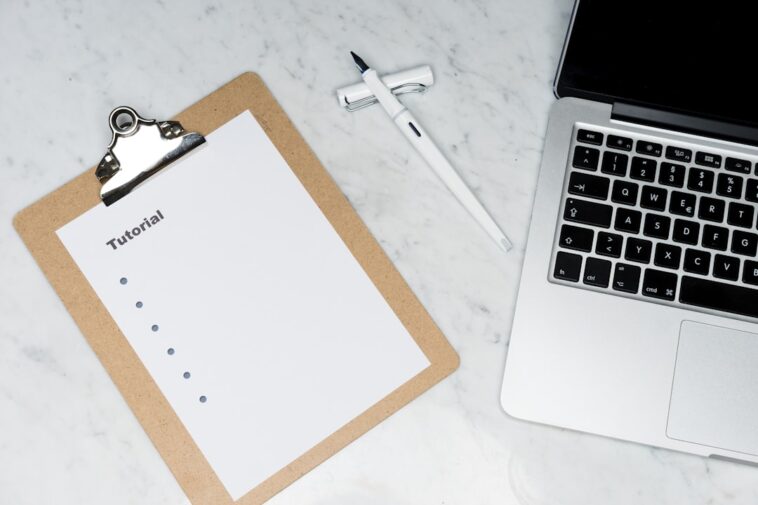Want to learn how to draw a pumpkin? It’s easier than you think! Pumpkins are fun, festive, and a perfect subject for artists of all ages. Whether you’re preparing for Halloween, Thanksgiving, or just love the look of these cheerful gourds, this guide will walk you through the process step-by-step.
What You’ll Need
Before we get started, gather your supplies. You don’t need anything fancy! Here’s a basic list:
- Paper
- Pencil (an HB pencil is a good all-around choice)
- Eraser
- Optional: Colored pencils, crayons, markers, or paint to add color
Step 1: Sketch the Basic Shape
Pumpkins aren’t perfectly round, so we’ll start with an oval-like shape. Don’t make it a perfect oval either! A little wobbly is good. Think of it as a slightly squashed circle. Lightly sketch this shape – you’ll be erasing parts of it later.
Step 2: Add the Guidelines for the Lobes
Pumpkins have those characteristic vertical lines or sections, called lobes. To create these, draw curved lines from the top to the bottom of your oval. Imagine dividing your pumpkin into segments, like orange slices. Start with one line in the center and then add lines on either side, spacing them out a bit. Don’t worry about making them perfectly symmetrical; pumpkins aren’t symmetrical in real life!
Step 3: Refine the Shape and Lobes
Now, let’s make the pumpkin look more three-dimensional. Go over the curved lines you drew earlier, making them more pronounced. This will define the individual lobes of the pumpkin. As you’re doing this, you can also adjust the overall shape of the pumpkin. Maybe it’s a little wider at the bottom, or a little taller on one side. This is where you can add your own personal touch! Vary the curves of each lobe to give your pumpkin character.
Step 4: Draw the Stem
Every pumpkin needs a stem! Draw a short, thick cylinder at the top of the pumpkin where all the lobe lines meet. Don’t make it too perfect! Give it some bumps and curves to make it look more natural. The stem can be straight, curved, or even broken off – get creative! Think about the stem’s texture. You can add small lines to suggest ridges or a rough surface.
Step 5: Add Details
This is where your pumpkin really comes to life! Look at real pumpkins (or pictures of them) and add some details. Here are some ideas:
- Lines and Wrinkles: Add subtle lines and wrinkles on the surface of the pumpkin to show its texture. These can be short, curved lines that follow the shape of the lobes.
- Highlights and Shadows: Think about where the light is coming from and add some highlights and shadows. Highlights are the lightest areas, and shadows are the darkest. This will make your pumpkin look more three-dimensional. You can achieve this with shading (lightly filling in areas with your pencil) or by using darker lines to define the edges of the shadows.
- Curlicues: Add a small, curly vine coming out from the stem. This is a classic pumpkin detail.
Step 6: Erase Guidelines
Once you’re happy with the details, carefully erase the original oval shape and any unnecessary guidelines you used. This will clean up your drawing and make it look more polished.
Step 7: Add Color (Optional)
If you want to add color to your pumpkin, now’s the time! Use colored pencils, crayons, markers, or even paint. Pumpkins are typically orange, but you can use any color you like! Consider adding different shades of orange, yellow, and brown to create depth and dimension. You can also add green to the stem and vine.
Tips for Drawing a Realistic Pumpkin
Drawing a realistic pumpkin takes practice, but here are some tips to help you along the way:
- Observe Real Pumpkins: The best way to draw a realistic pumpkin is to study real ones. Pay attention to their shape, texture, and details.
- Vary Your Lines: Don’t use the same thickness of line throughout your drawing. Varying the line weight can add depth and interest.
- Don’t Be Afraid to Experiment: Try different techniques and styles to find what works best for you.
- Practice Makes Perfect: The more you draw, the better you’ll become. Don’t get discouraged if your first pumpkin isn’t perfect. Just keep practicing!
Different Styles of Pumpkin Drawings
You don’t have to draw a realistic pumpkin if you don’t want to! There are many different styles you can try:
- Cartoon Pumpkin: Simplify the shape and features of the pumpkin to create a cartoonish look.
- Abstract Pumpkin: Use geometric shapes and patterns to create an abstract representation of a pumpkin.
- Cute Pumpkin: Add big eyes, a smile, and other cute features to create an adorable pumpkin character.
Why is drawing good for you?
Besides being fun, drawing has many other benefits! It can improve your fine motor skills, boost your creativity, and even help you relax and de-stress. Drawing also sharpens your observation skills, making you more aware of the details in the world around you. Plus, it’s a great way to express yourself and create something unique!
Frequently Asked Questions
What’s the best way to start a pumpkin drawing?
Start with a light sketch of the basic oval shape. This will give you a foundation to build upon. Don’t press too hard with your pencil, so you can easily erase any mistakes.
How do I make my pumpkin look three-dimensional?
Add highlights and shadows to create the illusion of depth. Think about where the light is coming from and shade the areas that are further away from the light source.
What if I’m not good at drawing?
Everyone can draw! It just takes practice and patience. Don’t compare yourself to others, and focus on your own progress. The most important thing is to have fun!
Can I use different colors for my pumpkin?
Absolutely! While orange is the most common color for pumpkins, you can use any color you like. Get creative and experiment with different color combinations.
How do I draw a pumpkin stem that doesn’t look flat?
Draw the stem as a short, thick cylinder. Add some curves and bumps to make it look more natural. You can also add some shading to give it depth.
Drawing a pumpkin is a fun and rewarding activity that anyone can enjoy. By following these simple steps and practicing regularly, you’ll be able to create your own beautiful pumpkin drawings in no time. So grab your pencil and paper, and get started! Happy drawing!



GIPHY App Key not set. Please check settings